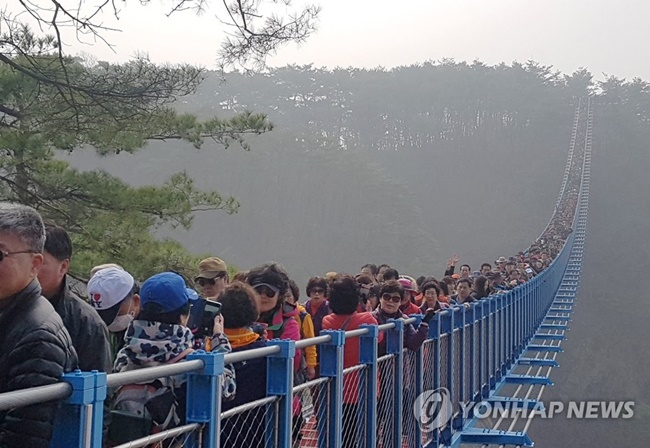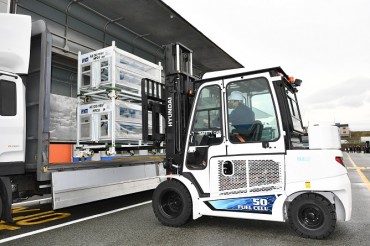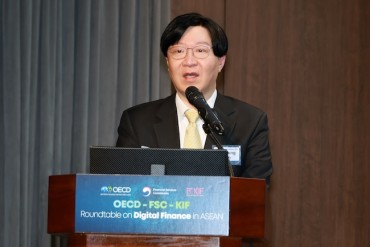
Sogeum River in Wonju has one of the ‘hottest’ suspension bridges in the country. At 200 meters in length and 1.5 meters in width, the largest suspension bridge in South Korea has attracted over 120,000 visitors since it opened to the public in January. (Image: Yonhap)
SEOUL, Apr. 12 (Korea Bizwire) — Municipal governments across South Korea are rushing to build suspension bridges, as the latest tourism trend has proven a hit among tourists.
Sogeum River in Wonju has one of the ‘hottest’ suspension bridges in the country. At 200 meters in length and 1.5 meters in width, the largest suspension bridge in South Korea has attracted over 120,000 visitors since it opened to the public in January.
Yeondae Island and Manji Island in Tongyeong also saw visitor numbers grow on the back of the success of a suspension bridge that was built in 2014.
The two islands were visited by 41,000 people in 2013, increasing to 103,000 last year thanks to the popular suspension bridge.
As suspension bridges continue to help boost the local tourism industry, local governments are jumping on the bandwagon despite over 50 of them having been built already.
This is not the first time for a popular attraction to be adopted across the country, with rail bikes and seaside cable cars having had a similar impact on the tourism industry in the past.
Experts have called such tourism development trends a ‘sign of opportunism’ in public administration, as imitating similar attractions that have proven successful is less risky, and these projects are more likely to get approval.
Some express concerns as local governments rushing to build attractions often have short-sighted development plans, and focus far too much on obtaining titles such as ‘the longest’ or ‘the highest’, which could result in local communities losing their own identity and wasting taxpayer money.

Municipal governments across South Korea are rushing to build suspension bridges, as the latest tourism trend has proven a hit among tourists. (Image: Yonhap)
Others also raise safety issues with the suspension bridge boom, as the latest trend in the South Korean tourism industry is not subject to the current Road Traffic Act and the Special Act on the Safety Control and Maintenance of Establishments, prompting calls for legal measures to ensure the safety of the facilities.
M.H.Lee (mhlee@koreabizwire.com)






